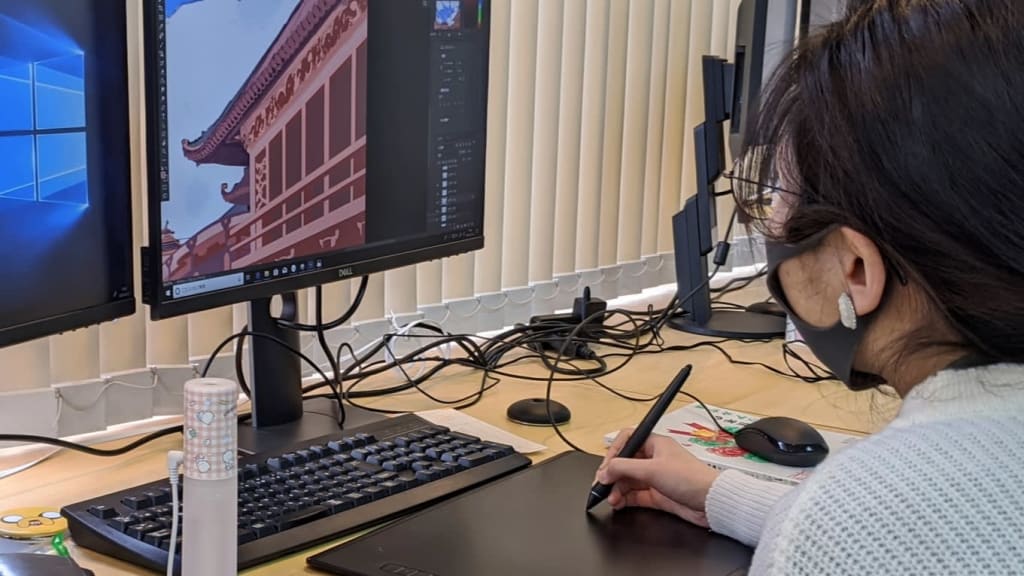Why we shouldn't pirate anime?
Here is list below

Why is it illegal to watch anime online
There are tons of anime streaming sites out there, but do they obtain licenses from animation studios that produce anime? Most of them don't. Streaming services such as Hulu, Netflix, Funimation, Crunchyroll pay the fees to the studio so they can keep producing. Moreover, the streaming services acquire active copyright claims so they can host anime shows on their websites. When the copyrights expire, they renew the claims by paying the studios additional licensing fees. The considered illegal parts are pirating and re-uploading under copyright protection.
The uploaders did not obtain legal permission to share videos on YouTube, or in any other illegal websites for that matter. The Japanese animation studios and the respective manga authors of many anime series work hard together to create quality anime content. In truth, they are the rightful owners of many copyrighted series. If they did not give their consent to download, upload, and host anime shows on a certain website, then that makes watching animes on illegal streaming services prohibited.
BUT WHAT IS WRONG?
The worst part is that average mangaka and animators work 16 hours a day, getting 10% of royalties which makes them underpaid. Crunchyroll and Funimation have combined monthly views of over 57 million. However, pirated sites like Kissanime, Gogoanime, Animeflu, and Animeultima have combined monthly views of over 272 million. When we multiply 29 million users by the $8 monthly subscription that legal streaming sites offer to its paying users, that would amount to $232 million revenues per month (or ~$2.8 trillion per year). Compare that to 272 million views ÷ 2 = 136 million average users of pirated sites. This means that the Japanese anime industry is losing out on 136 million x $8/mo = $1,088,000 subscription revenues (or ~$13.05 trillion per year). So it's not a surprise that piracy is hurting anime industry, some artists can't even get into market.
Potential manga authors entering the Japanese manga industry are also hurt because their creative works might not be protected by copyright.
Why you should Consider Watching from Legal Streaming Platforms
Official translations of legal websites are the result of a professional’s hard work. For example, some Funimation staff have been working in the anime industry since the company’s establishment since the early 2000s. Hence, the money that monthly subscribers pay to FUNimation goes to translators, English dubbed voice actors/actresses, and animation directors.
Other hand, there are professional who has real-life working experiences. They make sure that english translation is close to manga dialogue while illegal sites provide unofficial subtitles and do not review nor update subtitles.
The staff working on unofficial translations are not paid, resulting in poor quality of anime videos hosted on illegal sites. Unofficial translations are often not finished on time because the unpaid people working on them have regular school and working lives.
When you type Crunchyroll, FUNimation, Hulu, Netflix, and other legal platforms on Google, they often appear on the top search results. It’s because these organizations prefer advertising their subscription services to potential members and existing users. On the other hand, illegal platforms have to hide themselves.
Complications face while watching anime(legally)
Of course, these streaming services have flaws, list below.
-Licensing – This is a big factor in the anime industry as stated above. If Funimation, Crunchyroll, and other legal platforms do not get licensing rights to a particular anime show, their subscribed members might switch to Hulu or Netflix subscriptions. Worst, the members might stream illegal anime sites online; this is the reason why legal subscribers are dwindling in membership.
-Censorship – This is another factor to consider when watching animes legally or watching shows via subscriptions. Illegal anime sites cut content to censor lewd anime scenes in some countries. Meanwhile, legal anime sites (depending on the country that it’s being aired to) reduces or removes censorship altogether and provides uncut versions of the anime videos. After all, they have paying members; so, might as well give them the whole package – unedited clips, English-translated opening and ending songs; updated translations on English subtitles, etc.
-Region restriction – Some legal streaming services might be unavailable in certain regions, which makes it hard to watch anime legally.
Thanks for reading
About the Creator
Zenko Magatsu
Student of Tokyo University, Gamer, Video editor
I'll write about japan and culture related posts.






Comments
There are no comments for this story
Be the first to respond and start the conversation.